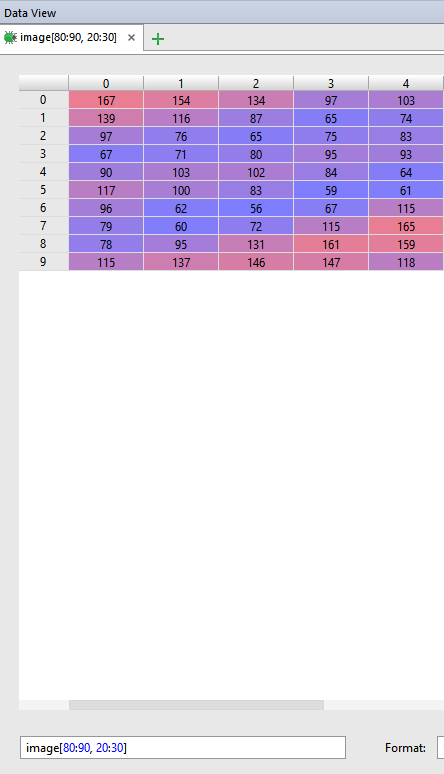What's the current specific bug?
I rarely simulate these days Todor, just go over the code and edit it according to the logic. That's the only way to internalize it. scanP seems to be ok now, I am editing higher functions.
Sorry these day I've been a bit distracted, a bit busy to collect big
enough chunk of focus to say something meaningful.
Are going to do something about it? You need to cultivate focus, there is no way around it.
Regarding CogAlg I was thinking about how exactly to bite the problem of trackingl, either to start manually or immediately to approach automation which includes code analysis and would be ore general and easier for application for the other modules. I may start manual for some variables and thrn move to semi- automatic with an editor.
I don't think you will understand the logic unless you do it manually. And we probably need to talk a bunch of times.

The older thread got too long.
What's the current specific bug?
Sorry these day I've been a bit distracted, a bit busy to collect big enough chunk of focus to say something meaningful. Regarding CogAlg I was thinking about how exactly to bite the problem of trackingl, either to start manually or immediately to approach automation which includes code analysis and would be ore general and easier for application for the other modules. I may start manual for some variables and thrn move to semi- automatic with an editor. I was also checking Python stuff.
That approach with locals() and exec could work persistently only in Python2, in 3 they don't allow write-access to the system dictionary of local vars outside of the official program flow, perhaps for security reasons and due to changes in the implementation of exec, which has turned from a special statement to a function. Another explicit dictionary of the local variables has to be used, like with the approach of sending arguments as a dictionary, or the vars to be set explicitly in normal code, if I use something like that I'd generate it.
I know you don't need that now, but I opened that topic and needed to clarify this.
https://github.com/boris-kz/CogAlg/blob/dbcbf3413363bb52600cb0dc3a364abd858a230a/frame_dblobs.py#L129